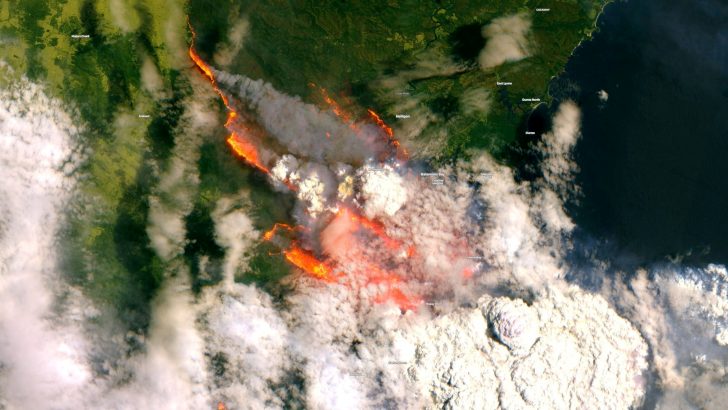As some of the worst wildfires in Australian history rage across four states, thousands of people in affected areas in New South Wales and Victoria continue to be evacuated to safety.
Soaring temperatures, often higher than 100°F (37.8°C), and a protracted drought have contributed to an unprecedented national emergency which, by Christmas, had already seen more than 14.5 million acres of forest and rural land burned.
Bishop Shane Mackinlay of Diocese of Sandhurst expressed concern about “the impact that fires have already had on communities and by the anxiety that the threat of fire is causing”.
In a statement, he urged “political and community leaders to continue efforts to identify and respond to the underlying causes that have contributed to the heightened risks we are facing this summer, (and) we pray for those who lost their lives, and for the safe recovery of people who are missing”.
The fires have been burning since August and have destroyed an area comparable to the combined region of the Netherlands and Belgium.
By January 3, thousands of people were given less than 48 hours to evacuate fire-ravaged coastal communities in New South Wales.
More than 2,500 buildings have been razed and at least 25 people – 19 from New South Wales and others from Victoria and South Australia – have died. Officials fear the toll could rise steeply, with Victorian emergency services saying 28 people are missing in the state.


 A satellite image taken over Australia shows wildfires near Batemans Bay Dec. 31, 2019. (CNS photo/European Union, Copernicus Sentinel Data handout via Reuters)
A satellite image taken over Australia shows wildfires near Batemans Bay Dec. 31, 2019. (CNS photo/European Union, Copernicus Sentinel Data handout via Reuters) 